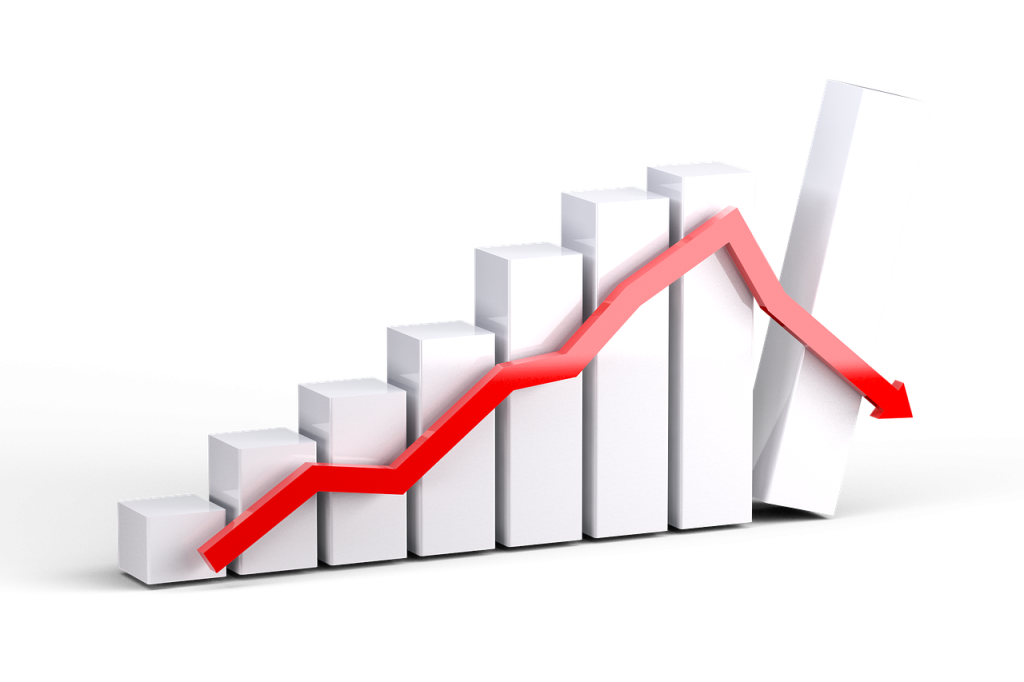Market volatility is an inherent characteristic of financial markets. Prices fluctuate, investor sentiment swings, and economic conditions change, causing uncertainty and unease among market participants. However, with the right mindset and a strategic approach, investors can navigate these turbulent times and even find opportunities amidst the chaos. In this article, we will explore the nature of market volatility, its causes, and practical strategies to help you thrive in uncertain market conditions.
Understanding Market Volatility:
Market volatility refers to the rapid and significant price movements experienced by financial instruments over a given period. Volatility can be influenced by a range of factors, including economic indicators, geopolitical events, corporate earnings reports, and investor sentiment. It is crucial to recognize that volatility is a normal part of market dynamics and can create both risks and opportunities for investors.
Causes of Market Volatility:
a) Economic Factors: Economic indicators such as GDP growth, interest rates, inflation, and unemployment rates can significantly impact market volatility. Changes in these indicators can lead to market fluctuations as investors adjust their expectations and investment strategies accordingly.
b) Geopolitical Events: Political unrest, trade disputes, regulatory changes, and geopolitical tensions can introduce significant volatility into the markets. These events create uncertainty about the future direction of economies and can cause abrupt price movements across various asset classes.
c) Investor Sentiment: Market participants’ emotions and perceptions play a crucial role in driving volatility. Fear and greed can cause overreactions to news or events, leading to excessive buying or selling, resulting in heightened market volatility.
Strategies for Navigating Market Volatility:
a) Diversification: Maintaining a well-diversified portfolio across different asset classes, industries, and geographies can help mitigate the impact of market volatility. Diversification spreads risk and reduces exposure to any single investment, allowing you to weather market downturns more effectively.
b) Long-Term Focus: Adopting a long-term investment approach helps to avoid knee-jerk reactions to short-term market fluctuations. By focusing on your investment goals and staying committed to your strategy, you can ride out the ups and downs of the market and potentially benefit from the recovery.
c) Dollar-Cost Averaging: Investing a fixed amount at regular intervals, regardless of market conditions, is a strategy known as dollar-cost averaging. This approach reduces the impact of short-term volatility, as it allows you to buy more shares when prices are low and fewer shares when prices are high.
d) Active Monitoring and Risk Management: Stay informed about the latest news, economic indicators, and market trends. Regularly review your portfolio to assess its performance and make necessary adjustments. Implementing risk management tools such as stop-loss orders or trailing stops can help protect your investments from excessive losses.
e) Seize Opportunities: Market volatility can present unique opportunities for investors. During periods of downturn, quality assets may be available at attractive prices. Conduct thorough research, identify undervalued investments, and consider making strategic purchases when others are selling in panic.
Conclusion:
Market volatility can be unsettling, but it is an inherent part of investing. By understanding the nature and causes of market volatility and implementing strategic approaches, investors can navigate uncertain times successfully. Remember, maintaining a diversified portfolio, focusing on the long-term, and seizing opportunities during market downturns are key principles to help you thrive in volatile markets. By staying disciplined and informed, you can turn market volatility into an advantage and achieve your investment objectives.





